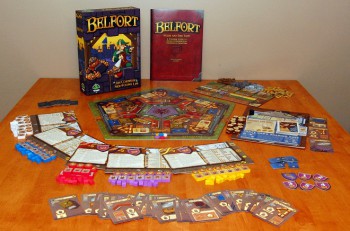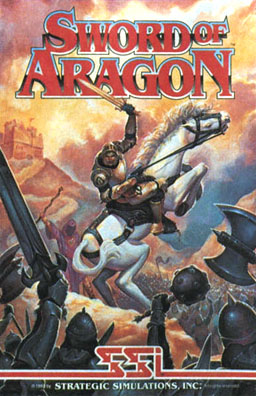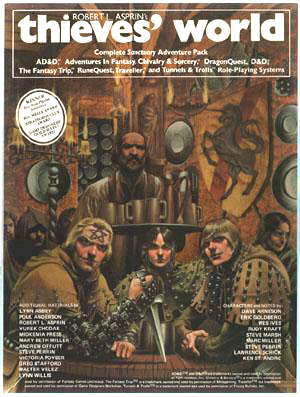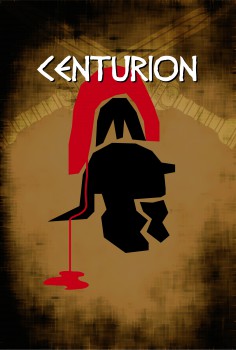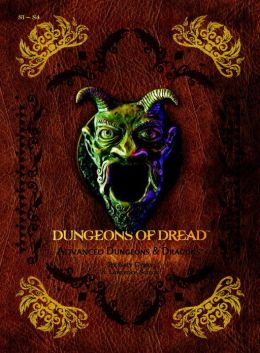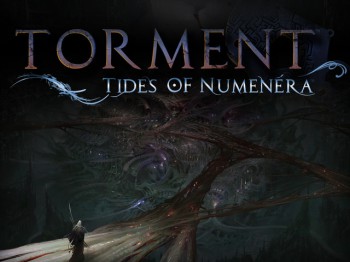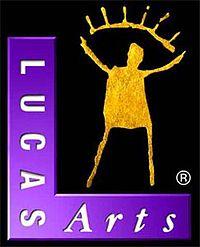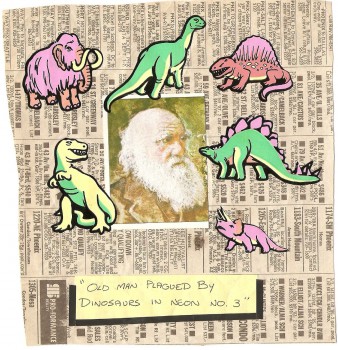Get Out of the Dungeon with Monsters! Monsters!
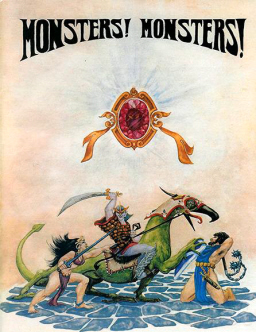 Some 35 years ago, I read an article in The Space Gamer on an unusual little game called Monsters! Monsters!
Some 35 years ago, I read an article in The Space Gamer on an unusual little game called Monsters! Monsters!
I’m not even sure I’d played D&D when I first read about Monsters! Monsters! I was introduced to fantasy gaming by Metagaming, and specifically their brilliant mini-games Ogre, Melee, and Wizard, all designed by Steve Jackson.
Orge everyone knows about — if you didn’t play the game at the lunch table in high school when it was first released in 1977, then you’re probably aware of last year’s Kickstarter campaign that raised nearly a million dollars for a massive 14-pound Designer’s Edition.
I doubt every copy of Ogre in the world in 1977 totalled 14 pounds. I think Ogre may have the unique distinction of being the simplest and most spare SF game ever created, and now it’s also the largest.
Anyway, it was Melee and Wizard that first taught me all about role playing. I rolled my first attack dice in a school cafeteria in 1978 (I missed). The rules were simple, the miniatures were made of paper, but the magic was exactly as advertised. I carried those games in my back pocket for years, and my friends and I were die-hard Metagaming fans long before we stepped into our first dungeon.
Metagaming’s house organ was the magazine The Space Gamer, where they advertised upcoming releases, chatted about the industry, and generally talked up their games. It was there I first learned of the wider world of role playing, and where I discovered an odd little game called Monsters! Monsters! that they released in 1976.
